
<-- Back to Part 4: PROM Modification
--> Go to Part 6: RAM
History
To read up a bit on the computer scene of the time, be sure to read the book (chapter 4 - Homebrew) Fire in the Valley: The Making of the Personal Computer by Freiberger, Paul & Michael Swaine. [08]
Dr. Charles Grant and Dr. Mark Greenberg began their association at UC Berkeley, first as students, then as Co-directors of a National Science Foundation project. In the course of their work, they saw potential in-microcomputer products and began developing their own. This effort produced North Star’s first product... the Floating Point Board, an S-100 circuit board for high speed floating point calculations.
Propelled by the success of this product, they next [2nd product] developed the Micro-Disk System, the first economical, fully integrated, disk storage system complete with a Disk Operating System and BASIC programming language.
By 1977, North Star was an established supplier of S-100 bus products and recognized the need for a totally integrated microcomputer system. In 1978 the [3rd product] HORIZON® was introduced as a complete high performance microcomputer with integrated floppy disk memory and S-100 bus compatibility.
The success of the North Star HORIZON® was phenomenal. The product itself reflected the company’s product philosophy: engineering excellence, designed-in reliability, efficiency of operation and capability for expansion. The unique design of the HORIZON® and its universal acceptance set the stage for North Star’s rapid development as a major microcomputer manufacturer. [13]
1976
The later North Star Computers started in 1976 as the Kentucky Fried Computers discount computer store - by Drs. Mark Greenberg and Charles [Chuck] Grant [10] - in Berkeley, California, USA.
According to National Museum of American History the computer store was originally called The Original Kentucky Fried Computer. [2]
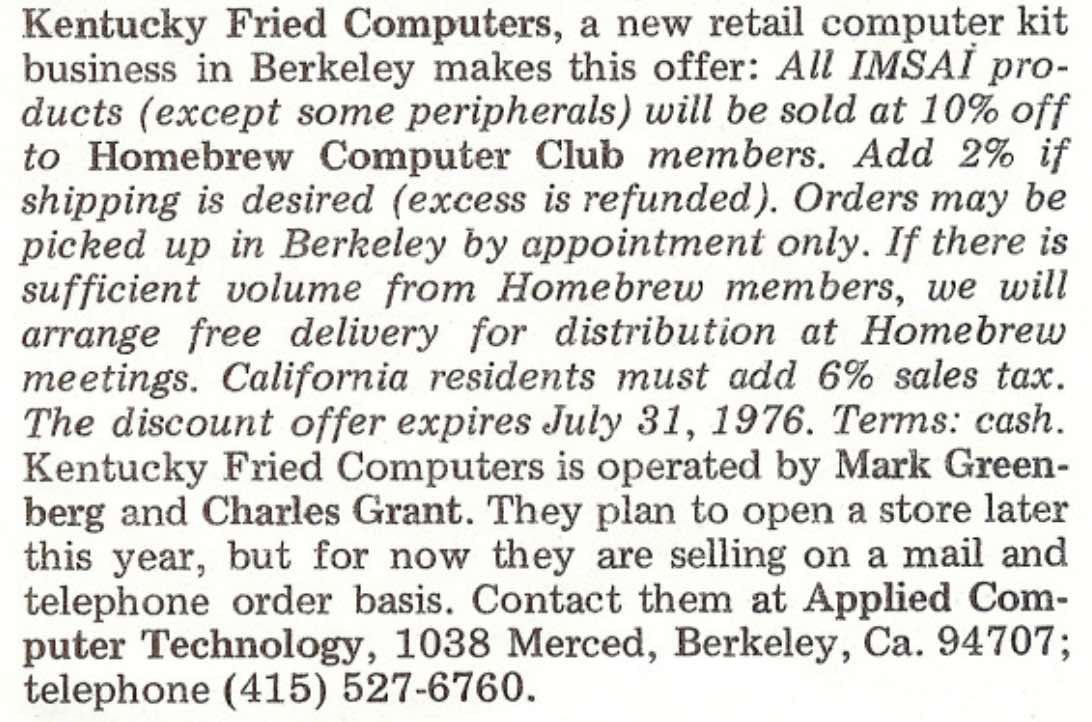
First very advertising in the BYTE, November 1976.
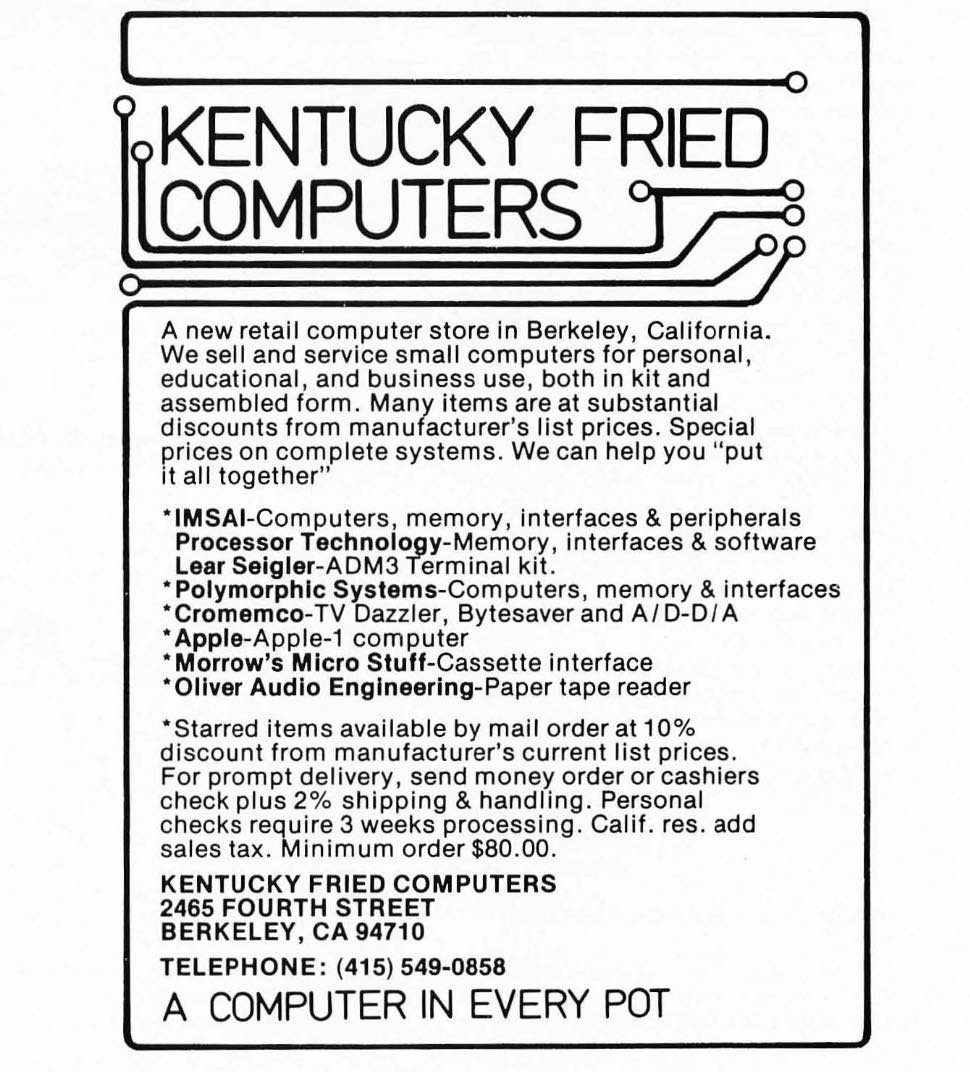
Grant and Greenberg had other hot projects going. They developed a cassette-tape interface that would allow microcomputers to save data to tape using cheap audio-tape recorders. But then Shugart, a Silicon Valley minicomputer disk-drive manufacturer, announced the introduction of a drive that used 5 1/4" disks — smaller than the 8" disks commonly used on big computers — that cost less than any other disk drive. Disk drives were the obvious answer for data storage, if they could be made affordable. So Grant and Greenberg dropped their interest in cassette storage and started designing a controller board to make the Shugart disk drive work with microcomputers. [8]
The issue with company names is a bit more complicated as can be seen from the next quote (in red).
When they [Grant and Greenberg] had their disk system together, they gave themselves a new name, North Star, perhaps echoing the name Altair, another bright star in the sky. Simultaneously, as Applied Computer Technology, they contracted to sell IMSAIs bundled with their own BASIC and cassette interface to universities. But the market, they discovered, did not want configured systems, but rather raw computers, so they began selling IMSAIs out of Mark Greenberg’s garage [at Fourth Street]. This operation, at Grant’s suggestion, was called Kentucky Fried Computers. [8]
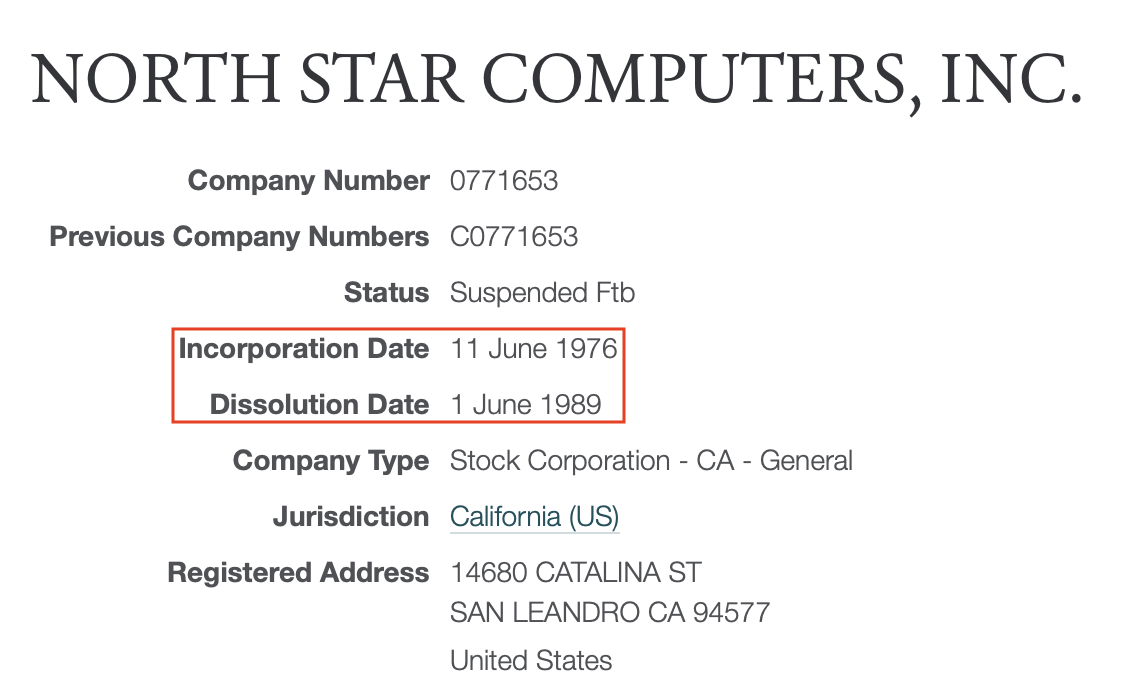
This is the place where it all began, 2465 Forth Street Berkeley. I don't know if it looked like this in 1976.
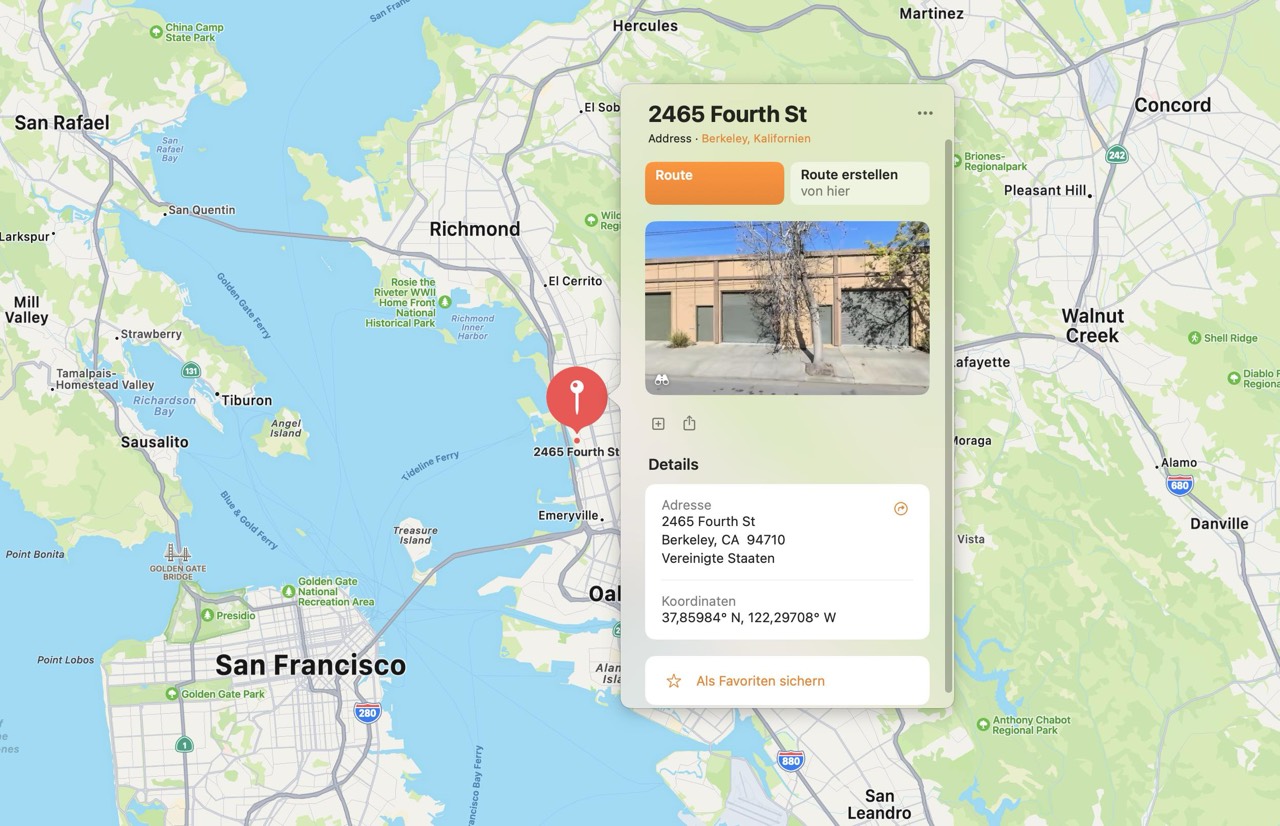
In January 1975, the two [Marsh & Felsenstein] rented a 1,100-square-foot garage at 2465 Fourth Street in Berkeley for $170 a month.
A month after Proc Tech [Processor Technology] moved out of the Fourth Street garage [winter 1976/77], Grant and Greenberg took over two-thirds of the space of the garage, Felsenstein reclaimed the other third, and their three company names were placed on the door: North Star, Applied Computer Technology, and Kentucky Fried Computers. As the last company, they were now marketing IMSAIs, PolyMorphic and Vector Graphic boards, and an Apple I kit that they were persuaded to take on consignment by a scraggly bearded young man named Steve Jobs. But soon, sales of their North Star disk system soared, and they closed Kentucky Fried Computers to concentrate fully on North Star. A letter from a certain fast-food chain that demanded they cease and desist from using the name Kentucky Fried Computers made the decision easier. [8]
Update 11/25/2023: Both the FPB-A and the MDS appeared for the first time in the December 1976 issue of BYTE. The FPB-A appeared first in the Computerworld August 9, 1976, page 29
Delivery [MDS ] begins late December [1976] or January [1977]. [24]
1977
The first North Star advertising appeared 1977 in the February issue of BYTE.
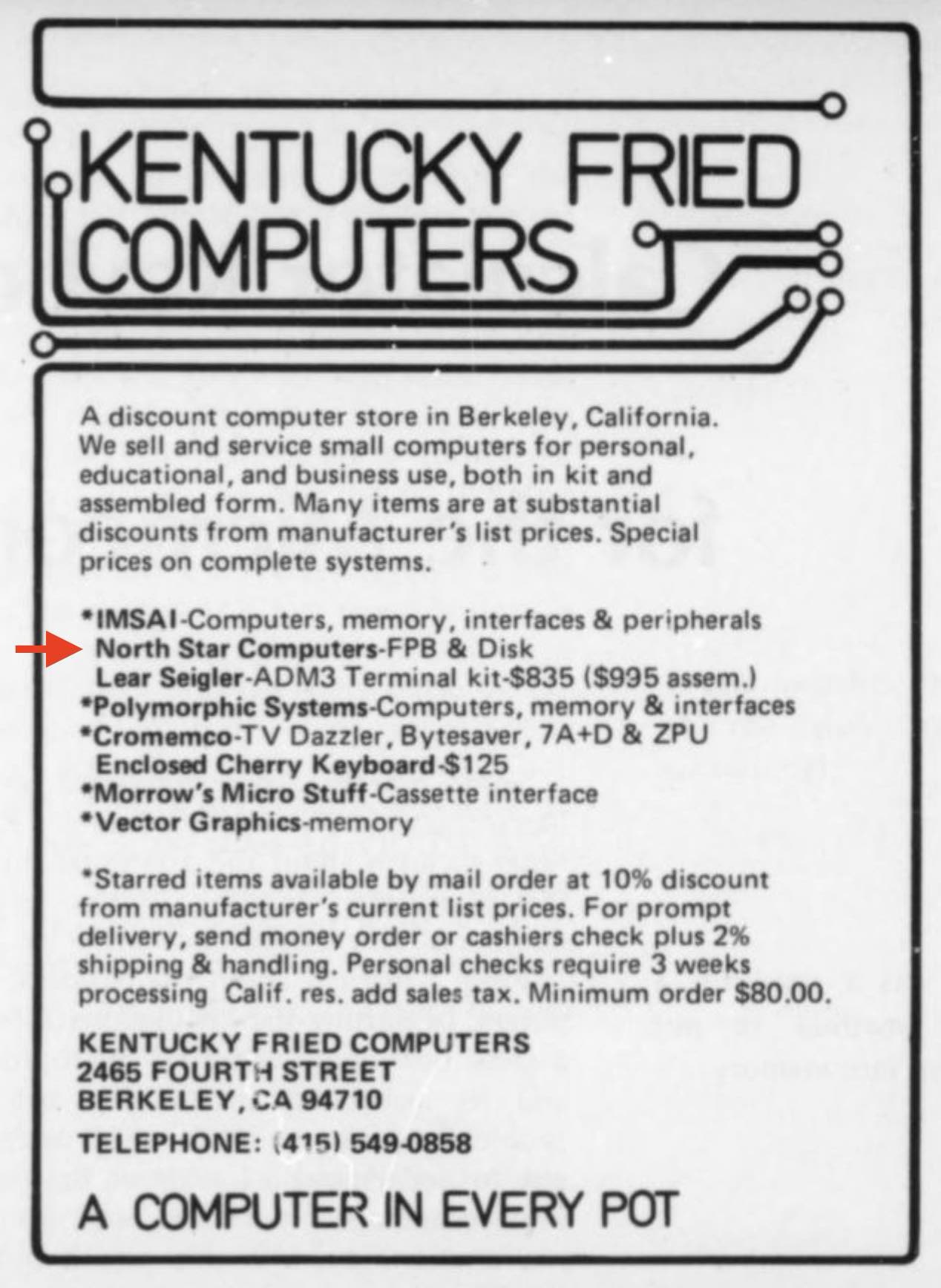
As they worked on the BASIC, Grant and Greenberg found they were having the most trouble with the floating-point routines: arithmetic on real numbers, not integers. They simply couldn’t process the operation as quickly as they wanted to. They finally decided to build the floating-point math into the hardware, and hired George Millard to help design a floating-point board. [8]
The first product in 1977 (or late 1976) was the Hardware Floating Point Board (FPB) for the S-100 bus.
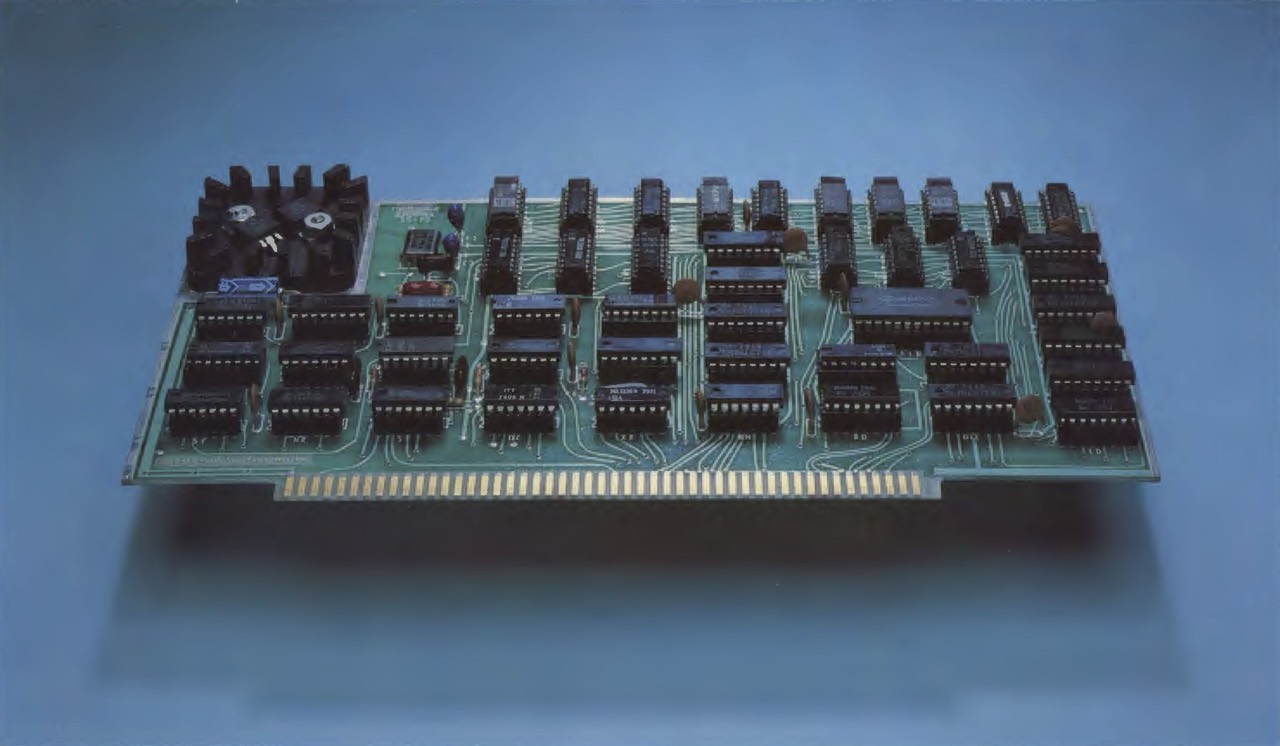
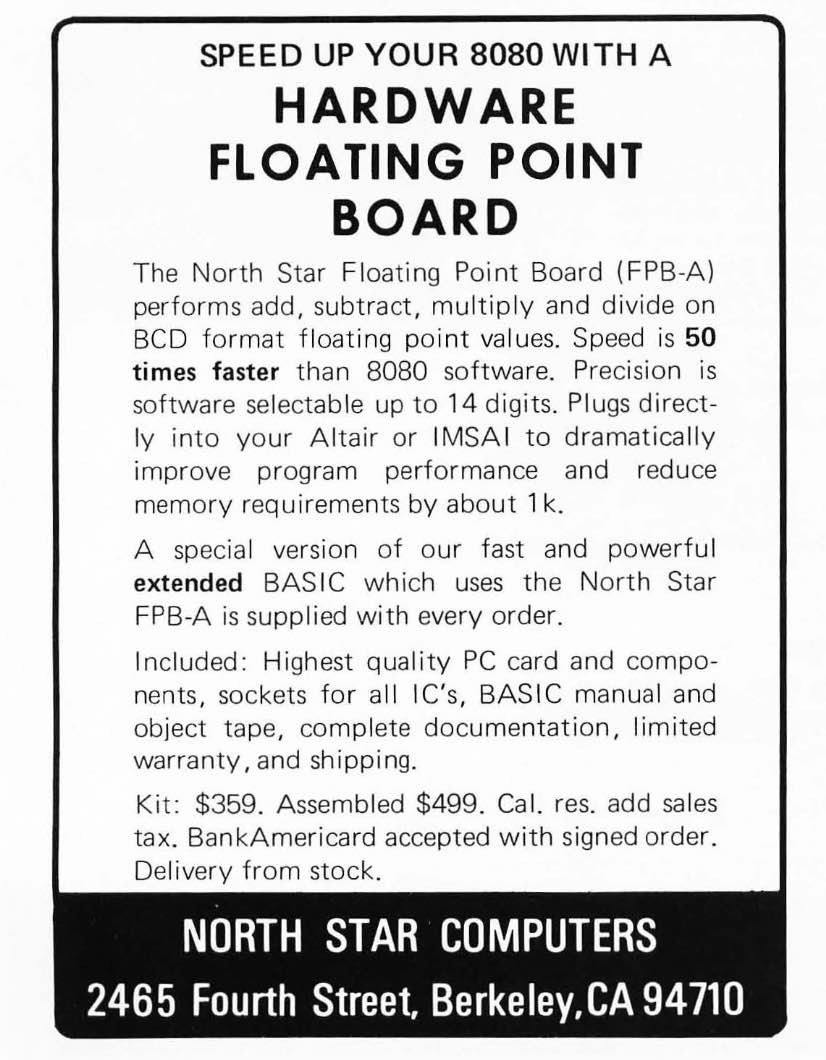

[Alan Bowker] In the early days of 8080 eight-bit computers, users bought either an Altair or IMSAI S-100 bus computers. To make them operational, the user toggled in a bootstrap loader from the front panel that allowed would read a BASIC interpreter from either an optical paper tape reader or a cassette tape. After the BASIC interpreter was loaded, the user could key in a program.
In 1978 [note: that must have been before the Horizon, i.e. in early 1977] the North Star disk system came to market with was a 5 inch Shugart disk drive that held 89 kilobytes of storage coupled to an S-100 buss controller, cable with North Star DOS and BASIC. It cost $700.00 in kit form and was the first floppy disk system that was affordable to hobbyists.
The front panel of the computer could be addressed to E800 hex, hit the load then run switch, and within a few seconds the North Star DOS prompt would display, (providing you could understand how to configure your computer system for your terminal or video display card.) Once you had the DOS prompt, you could run the BASIC interpreter, load a program, save a file and make file calls from the BASIC. It was absolutely Great! [11]
According to Herb Johnson, the first floppy disk controller was the Micro Disk Controller (MDC-A) as a part of the (following) Micro Disk System (MDS). A simple test, the MDC-A4 definitly boots single-sided, single-density disks only; not double-density!
I have pictures of three MDC boards: A1, A2 and A4. I myself have a MDC-A4 board.
A look at the following picture shows that this floppy disk controller is fundamentally different from the following ones. Take a look at the heat sink at the bottom right. Here, the large, massive and square heat sink is used, as you are used to from the Cromemco or Proc Tech S-100 board.
What you see in this picture is not the MDC floppy disk controller, but the Floating Point Board (FPB). A little advertising trick, the controller was probably not ready yet!

The first Horizons were sold with the suffix -1 or -2. The Horizon-1 (KIT: $1599, ASSEMBLED: $1899) had only one floppy disk drive, whereas the Horizon-2 (KIT: $1999 ASSEMBLED: $2349) had two. The floppy disk drives were single sided Shugart 400. In the later catalogs, no manufacturer information is given for the floppy disk drives. [27]
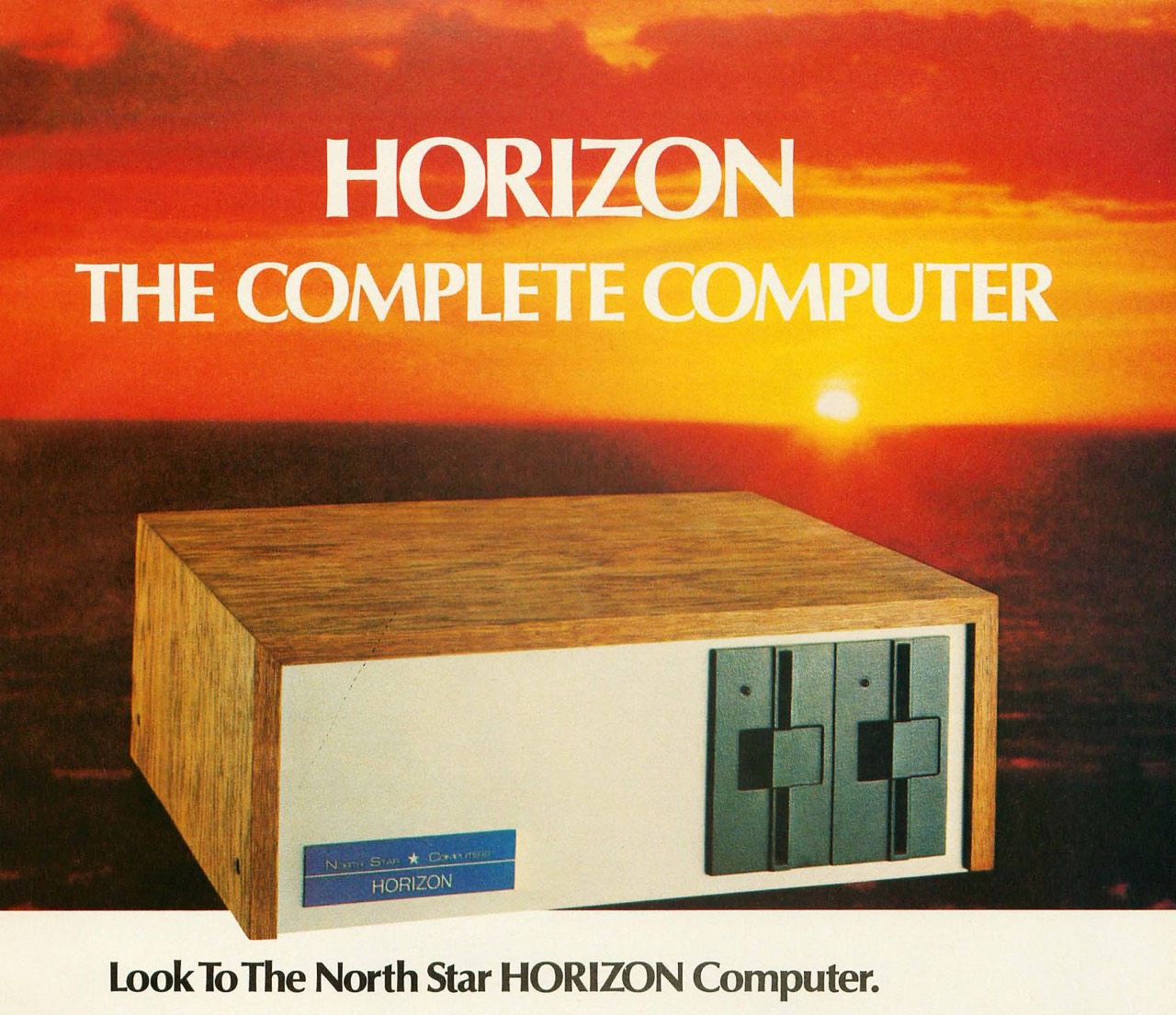
Originally the Horizon ran the North Star DOS as operating system, CP/M came later.
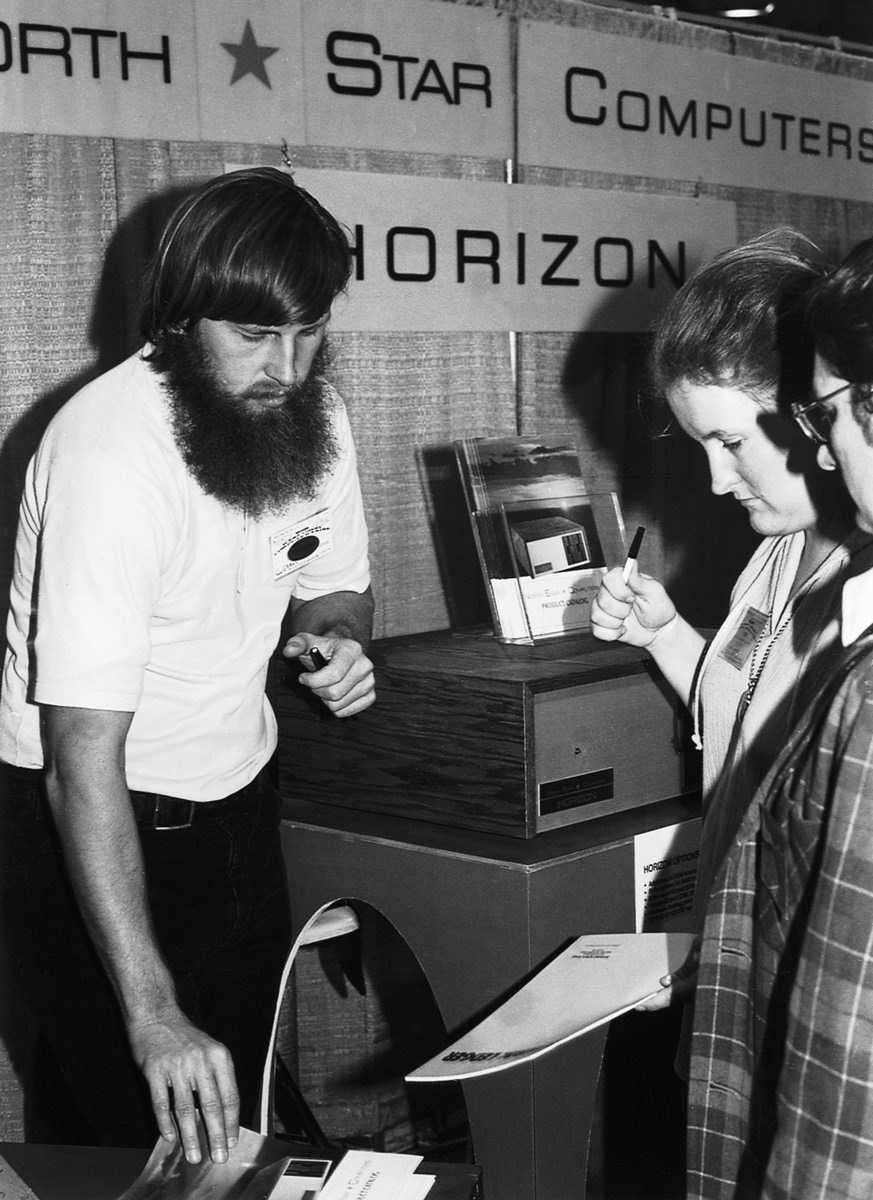
Already looks in 1977 like 30 years later: computer, monitor, keyboard and printer. Yes, the performance has increased extremely, of course.
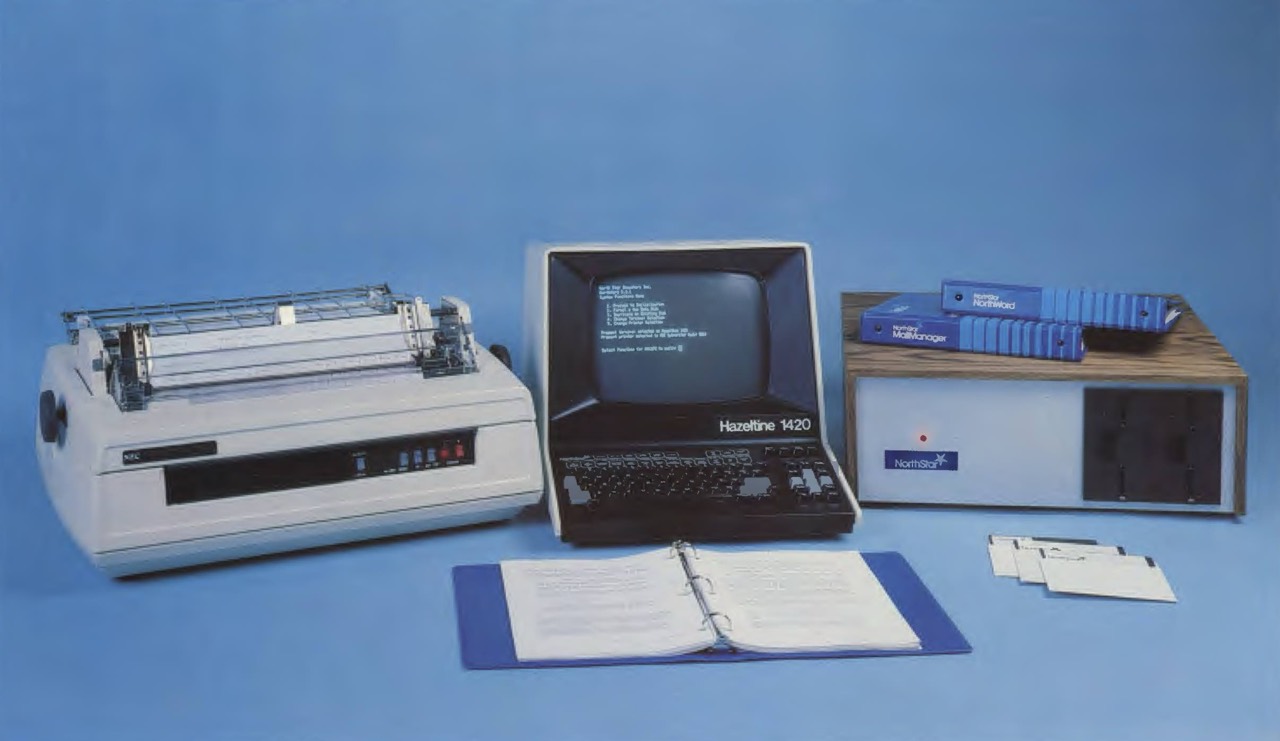
1978
If you look at the advertising brochure (on the Horizon) right in the middle of the following picture, you can see that in the BYTE of January 1979 (Vol 04-01, p.27) exactly this picture was used. It bears the caption North Star Systems Go To Work.
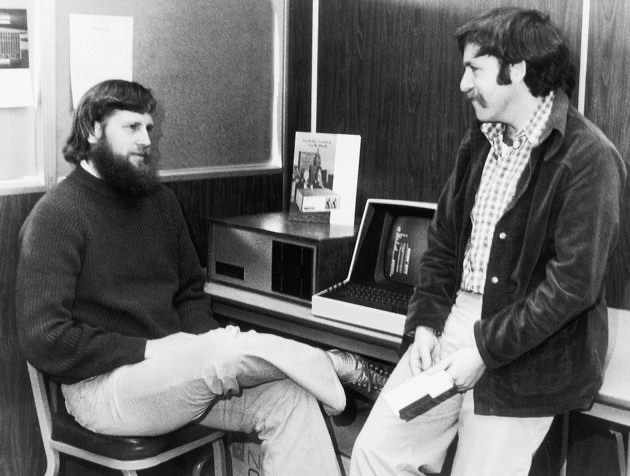

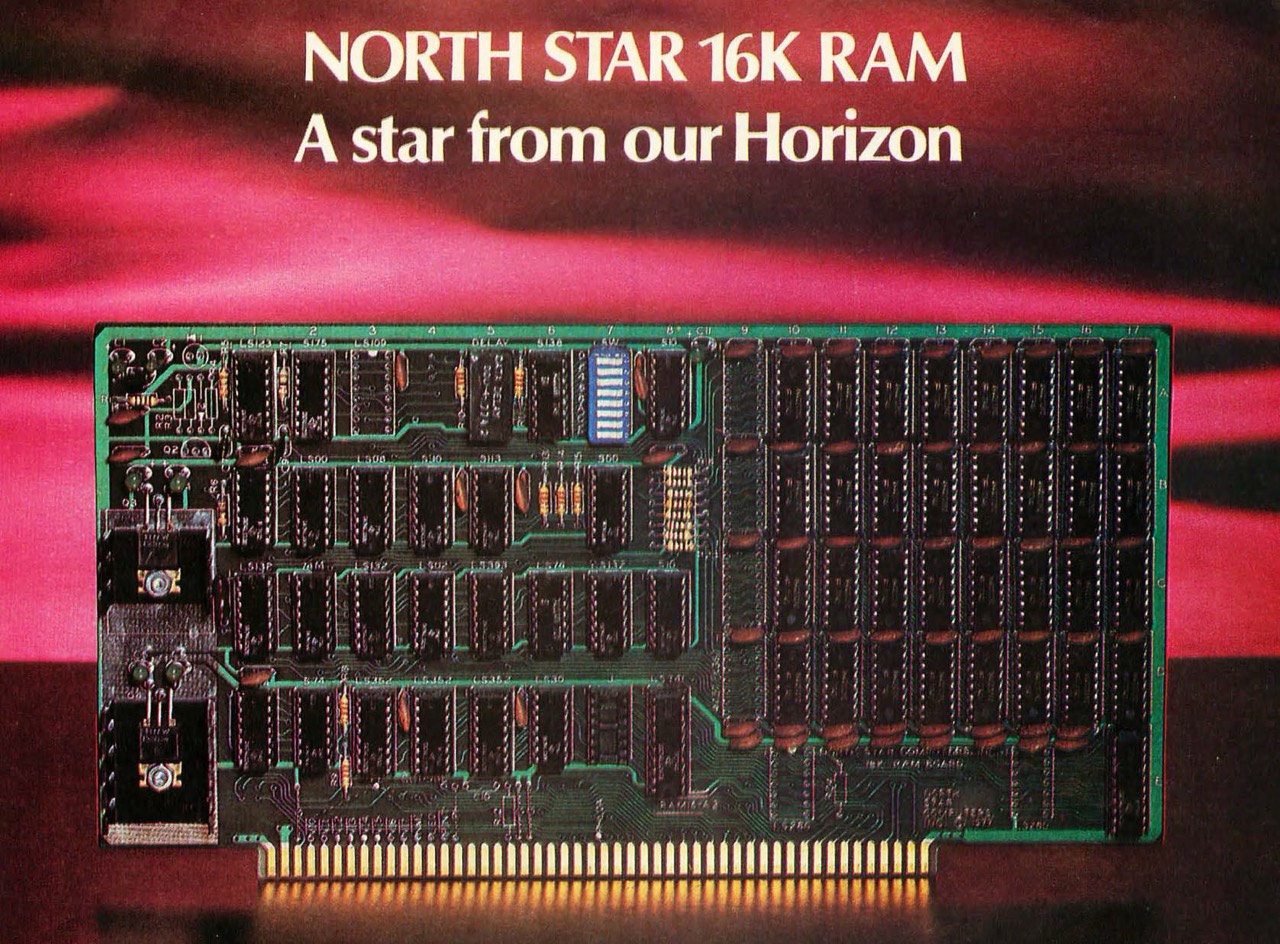
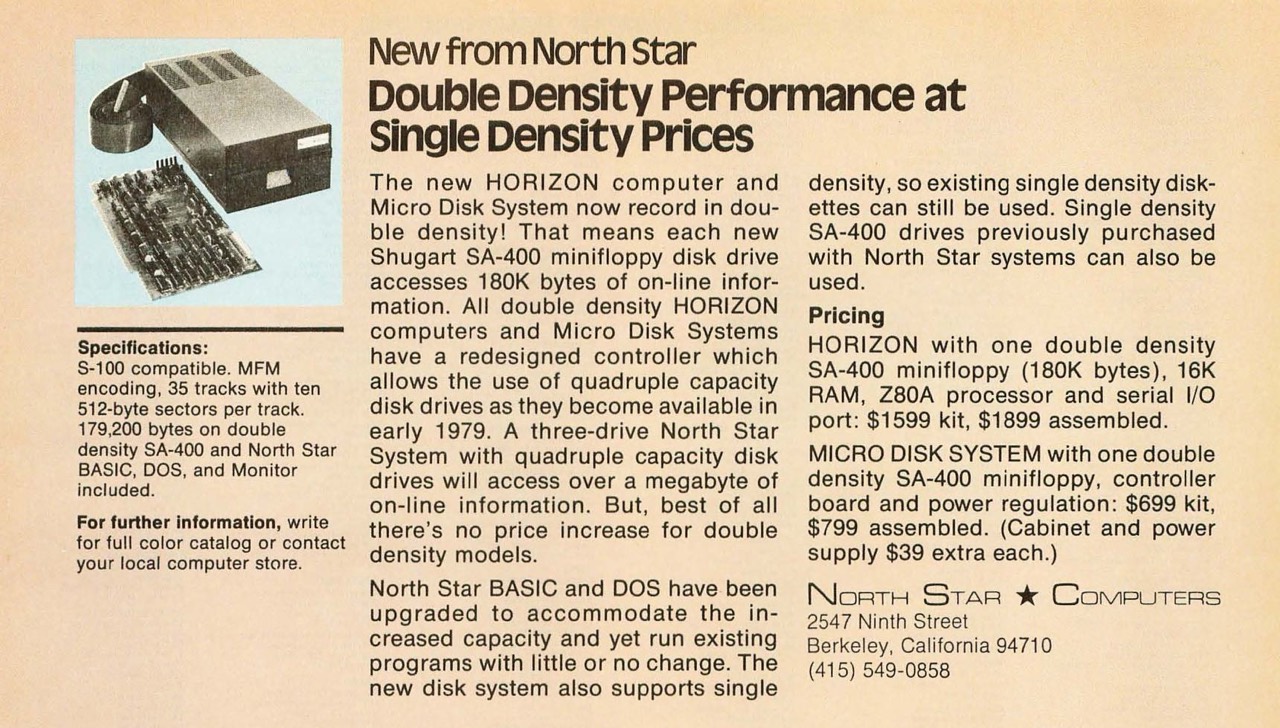
1979
[Rik Farrow] I eventually got a job in customer support (1979) at North Star Computers, working for Alan Bowker [9]. Alan taught me about the physical circuitry in the Horizon, and encouraged me to build one from a kit. I bought a kit with my employee discount ($800), and built my own Horizon, which I used for many years. I later added an eight inch, Fujitsu, hard drive to the Horizon, and sold it to a commune who used the computer to run their grocery home-delivery business for many years. My initial intuition that simple CPUs like the Z80 would revolutionize the world seemed to be coming true.
Working in support for a company that sold both hardware and software, when the entire support team consists of five people, is unlikely to ever be easy. And given that anyone could buy a kit and call us with questions about their problems with the resulting system, it was a stressful job. We were lucky when the problem was as simple as the computer not being plugged in. Many times, we would listen to the sounds the computer made over the phone, or ask the caller to describe the sounds to us, as the floppy disks were both noisy and slow, and we could diagnose a lot of problems just listening to the sounds during an attempt to boot.
I quit working at North Star before the end of 1979. They were moving the company to San Leandro, from Berkeley, and I would have wound up in a cube farm, instead of a room with a window (even though it faced the railroad tracks at the back of the building). The stress of dealing with an unending series of calls from desperate folks who had little clue about building or using computers had also taken their toll on me. [4]

However, since the introduction of Quad capacity floppy disk drives in 1979, the HORIZON has become ... [13]
Quad -> SSSD to SSDD (times 2) -> SSDD to DSDD (times 2)
1980
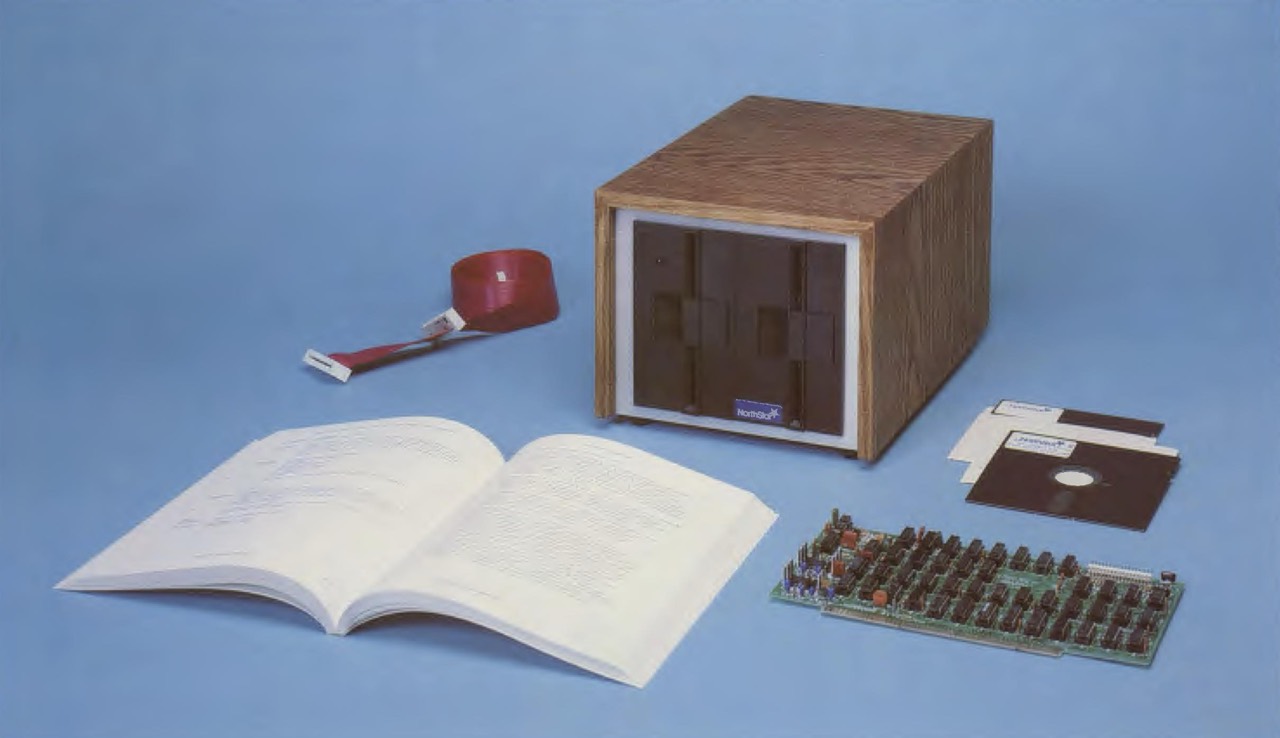
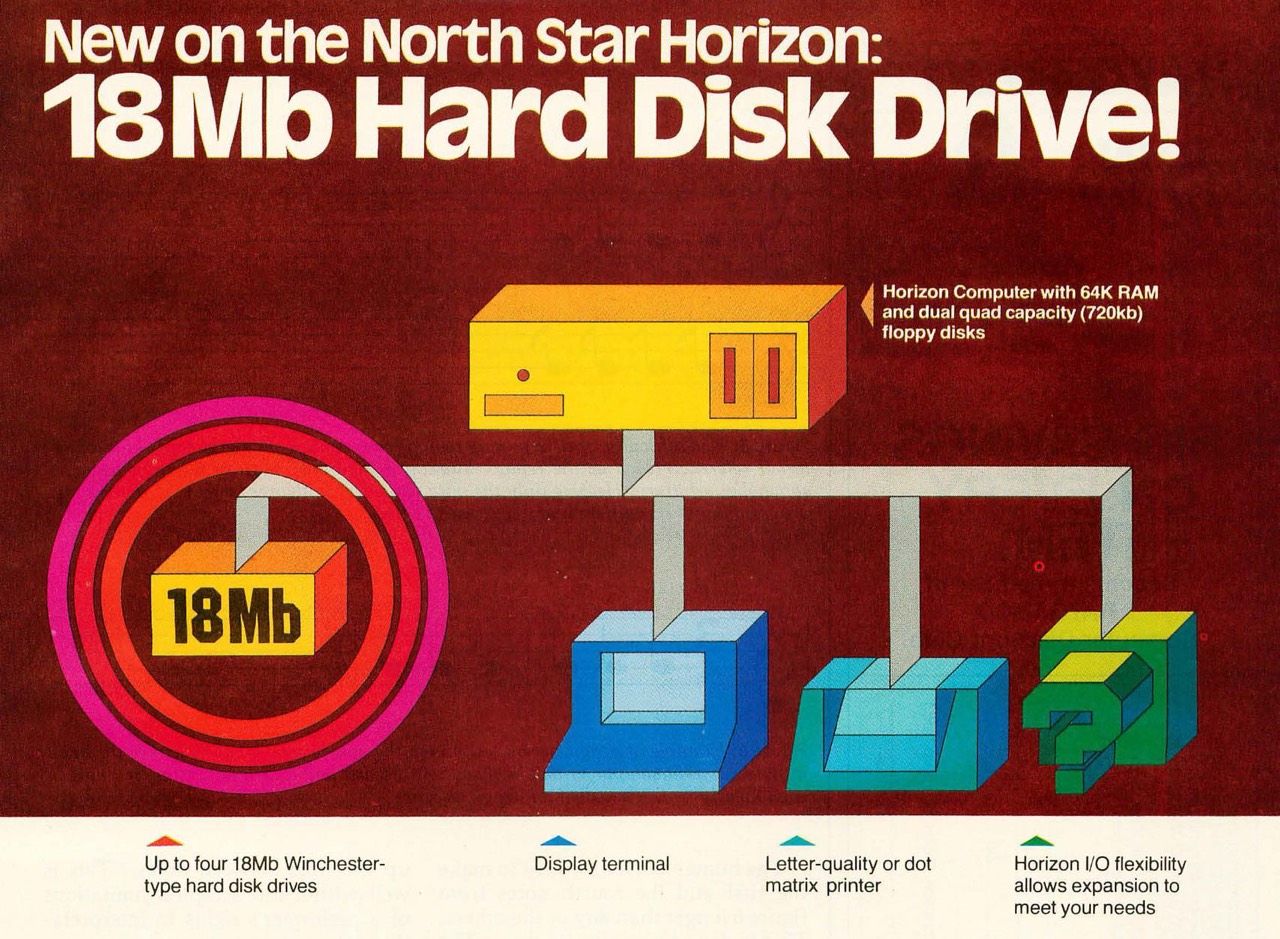
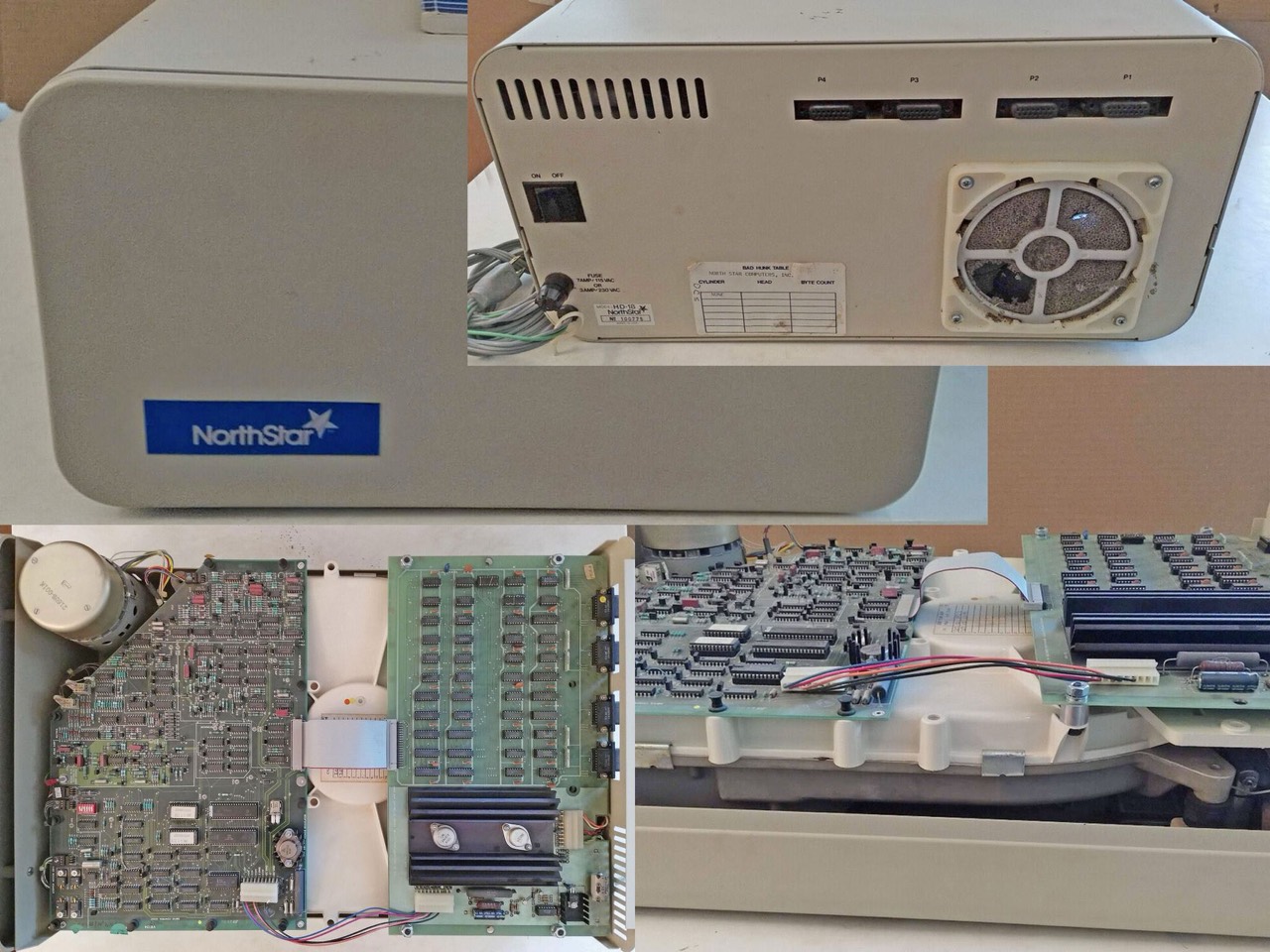
1981
There are over 28,000 North Star HORIZON systems in use worldwide as of June, 1981. [13]
1982
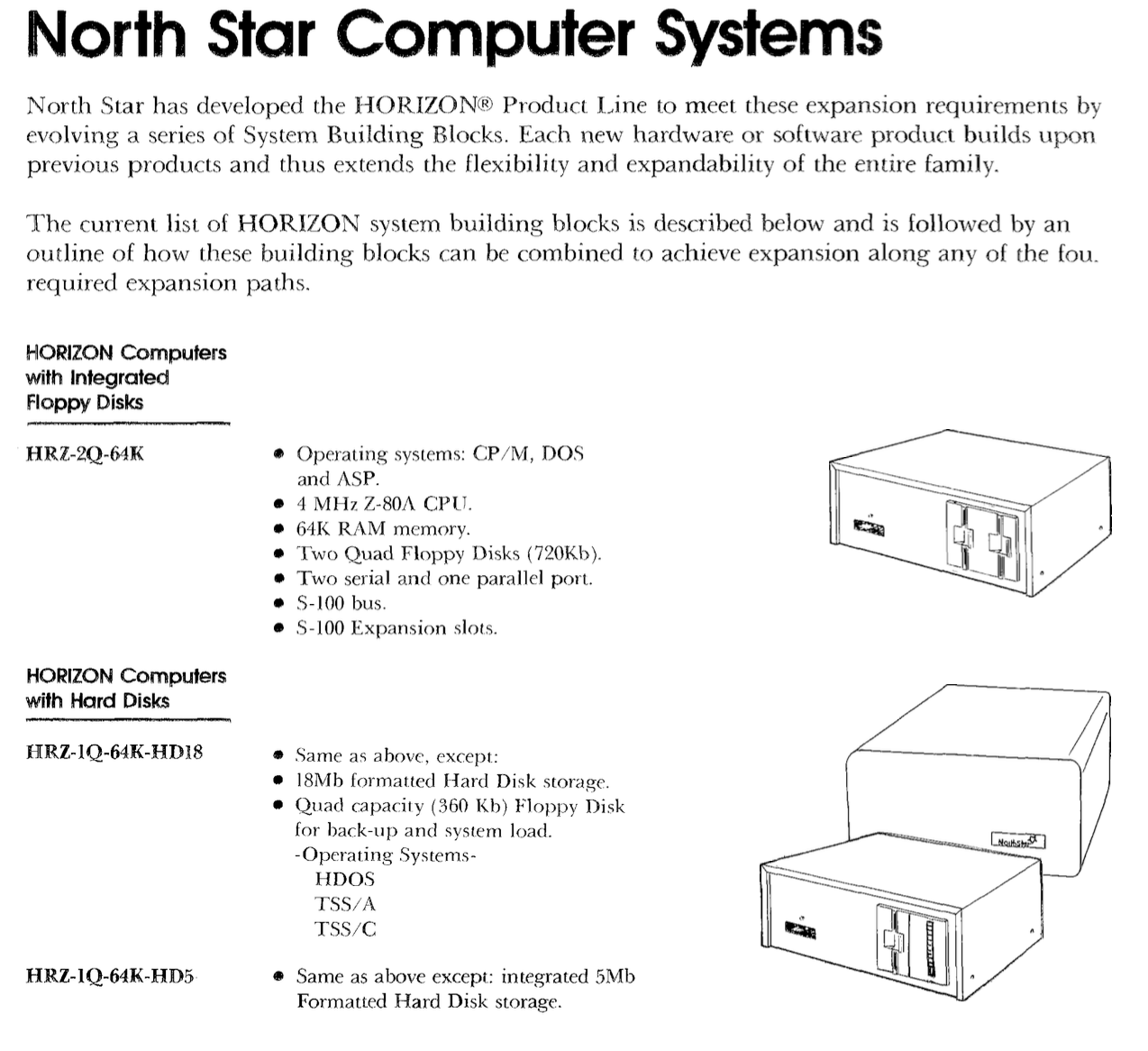
1996
Mark Lissner Greenberg died at age of 50 years. [14]
2000 and Following
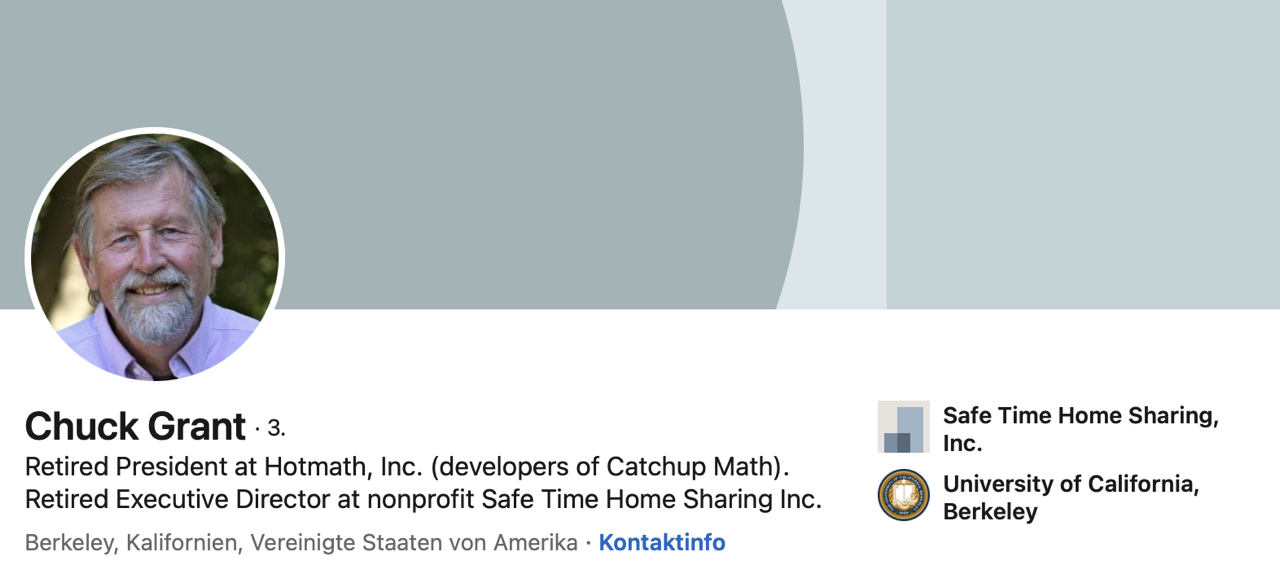
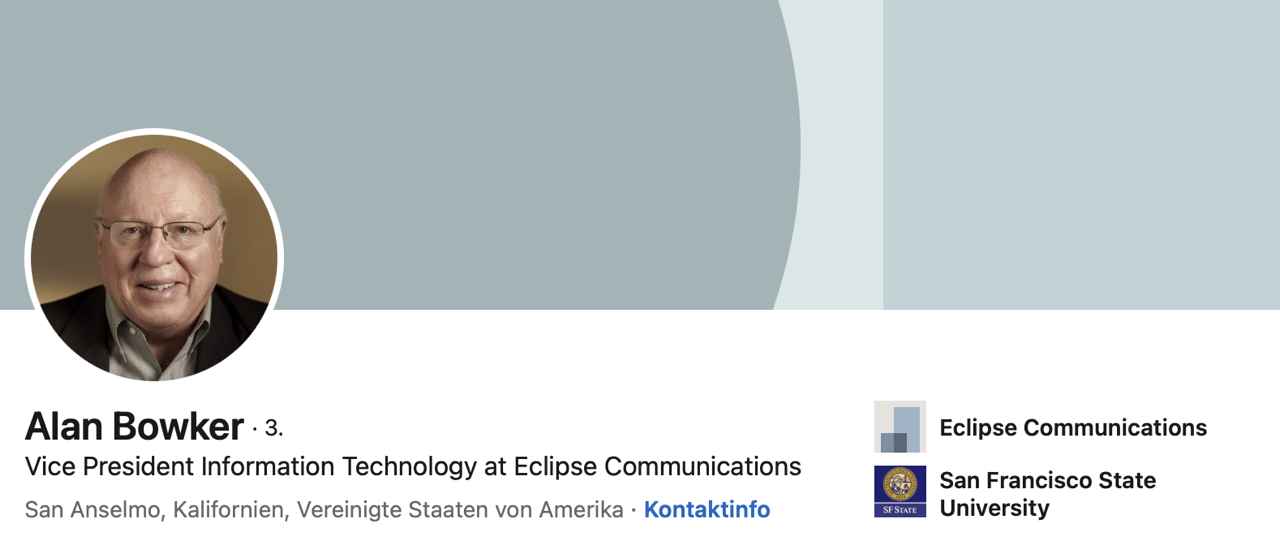
External Links
- Alan Bowker - From the Red Hill
- Alan Bowker (aka Don Sherwood) - KATI Radio - 1400 AM
Downloads
Here you will find all my gathered downloads for the North Star Horizon.
Information
Here you will find all my gathered downloads for the North Star Horizon.
References
- (↑) Homebrew Computer Club Newsletter Vol. 2, issue 6, page 2
- (↑) https://americanhistory.si.edu/collections/search/object/nmah_1064207
- (↑) https://opencorporates.com/companies/us_ca/0771653
- (↑) http://rikfarrow.com/about/
- (↑) Byte, 1977-02, Page 103
- (↑) Byte, 1977-10, Page 23
- (↑) CP/M ON NORTH STAR DISK USER'S GUIDE, 1978
- (↑) Fire in the Valley: The Making of The Personal Computer, Osborne/McGraw-Hill, 1984
- (↑) Alan Bowker - Technical Support Manager, North Star Computers, 1979–1982
- (↑) Charles (Chuck) Grant - President, North Star Computers, Jan. 1976–Sept. 1988
- (↑) https://bowkera.com/computers/north-star-computers/
- (↑) North Star Computers, Product Catalog, May 1980/
- (↑) North Star Computers, Dealer Manual, 1981/1982
- (↑) https://www.themarkolympia.com/restaurant/mark-listner-greenberg/
- (↑) North Star BASIC, Version 5, Manual, 1977
- (↑) Byte, 1976-11, Page 75
- (↑) Byte, 1976-12, Page 93
- (↑) Byte, 1977-03, Page 93
- (↑) Byte, 1978-08, Page 27
- (↑) Byte, 1979-01, Page 7
- (↑) Byte, 1979-07
- (↑) Byte, 1980-02, Page 23
- (↑) ebay sales picture
- (↑) Byte, 1976-12, Page 88
- (↑) Byte, 1977-01, Page 65
- (↑) Byte, 1978-11, Page 7
- (↑) North Star Computers, Product Catalog, Jan 1978, page 3
My Series About the North Star Horizon
--> Go to Part 0: Information
--> Go to Part 1 : Restoration & (my) S-100 Boards
--> Go to Part 2 : Hard-Sectored Disks
--> Go to Part 3 : File and Image Transfer
--> Go to Part 4 : PROM Modification
--> Go to Part 5 : History
--> Go to Part 6 : RAM
--> Go to Part 7 : S-100 Bus
--> Go to Part 8 : Capacitors
--> Go to Part 9 : Virtual Horizon
--> Go to Part 10 : S-100 Boards